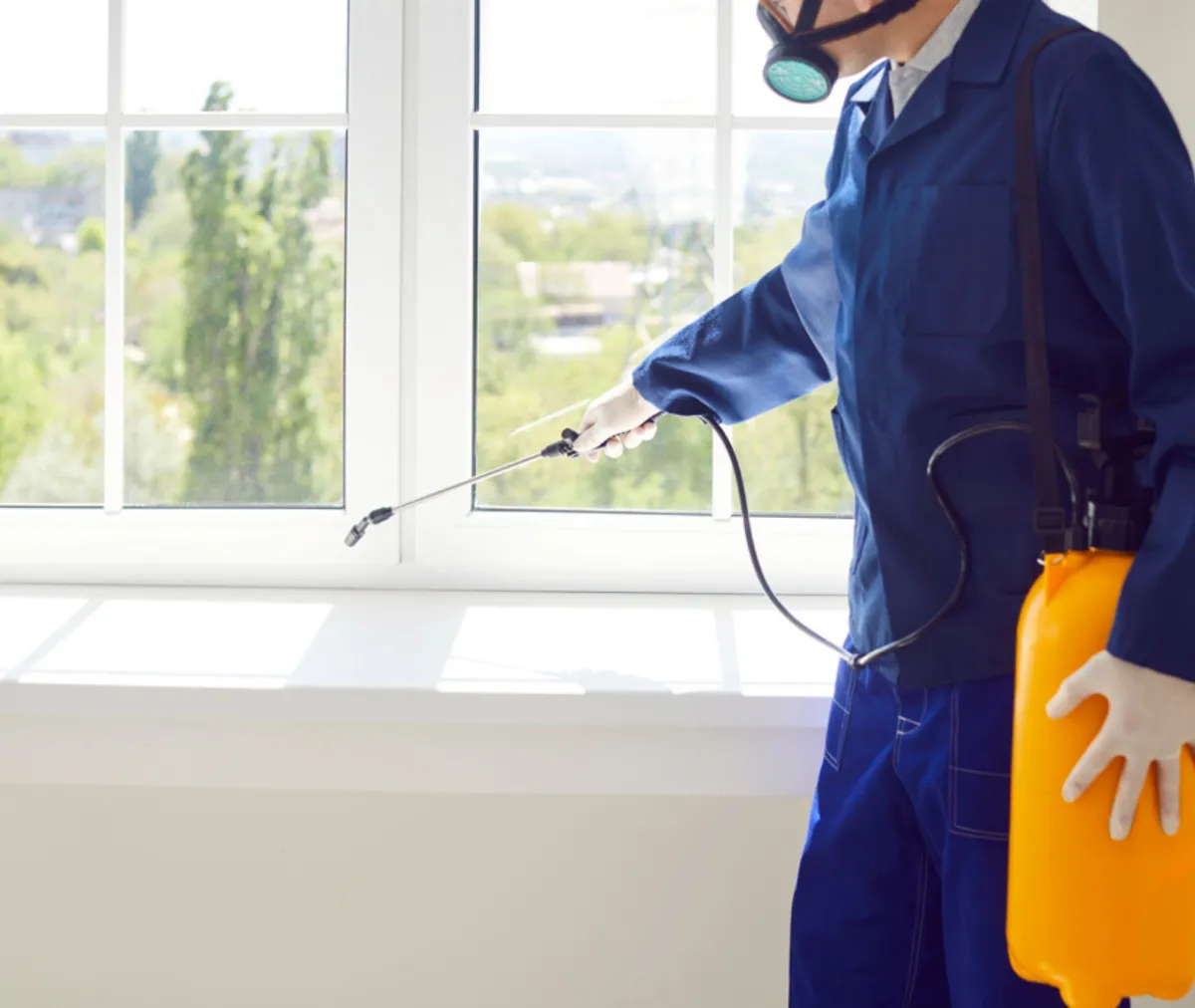
Why Rodents Invade in Fall: The Hidden Perks of Autumn for Pests
Rodent Activity in Fall: Understanding Seasonal Behavior and Prevention
As the air turns crisp and leaves begin to fall, many people embrace the comfort and beauty of the autumn season. However, this transitional time also brings changes in the natural world—one of which is an increase in rodent activity. Understanding why rodents become more active during fall highlights the importance of seasonal awareness for protecting homes, businesses, and properties.
Seasonal Shifts Encourage Shelter Seeking
Fall marks a turning point in weather and daylight. Shorter days and cooler temperatures impact animal behavior, especially rodents such as mice and rats. These creatures are highly responsive to environmental changes. As outdoor food becomes scarce and cold sets in, they seek warmth, security, and stable food sources to survive winter.
Buildings like homes, garages, sheds, and commercial properties offer ideal conditions. These structures provide insulation from the cold, safety from predators, and access to leftover food or stored supplies. Once rodents find a suitable environment, they settle into attics, walls, basements, and other undisturbed spaces.
Food Storage and Waste Provide Easy Access
Autumn is a time of preparation. People stock pantries with non-perishables, buy pet food in bulk, and begin holiday planning. If this food is not sealed properly, it can attract rodents looking for sustenance. Even small crumbs or poorly sealed packages can serve as food sources.
Outdoors, the situation is similar. Bird feeders, pet bowls, compost piles, and uncovered trash cans can also draw rodents closer to buildings. As gardens are cleared and natural food sources disappear, rodents shift from foraging outdoors to seeking food around and inside human structures.
This behavior reflects a survival instinct. When natural options fade, rodents become bolder in their search, often entering homes through small openings in search of warmth and food.
Landscaping and Nesting Opportunities Increase
Changes in outdoor maintenance can also contribute to rodent activity. Accumulating leaves, stacked firewood, and overgrown vegetation provide shelter and nesting material. These conditions create hidden pathways for rodents to approach buildings undetected.
Rodents take advantage of even the smallest openings. Mice, for example, can squeeze through gaps as small as a dime. Common access points include foundation cracks, loose vent covers, broken door sweeps, and gaps around utility lines. Once inside, they can build nests using materials found nearby, such as insulation, paper, or fabric.
Fall is an ideal time to walk around your property and inspect for these vulnerabilities. Sealing even minor openings can prevent a much larger problem down the road.
Adaptable Behavior and Reproduction Cycles
Rodents are incredibly adaptable. Many species can reproduce year-round if conditions are favorable. This means that one rodent entering a home in early fall could lead to a population boom within weeks if not addressed.
Indoor environments offer everything rodents need: warmth, food, and protection. Once settled, they often reproduce quickly. A single female mouse can give birth to multiple litters per year, with each litter containing several offspring. These young rodents mature rapidly and can also begin reproducing, compounding the problem.
This highlights the urgency of early detection and prevention. The fall season may begin with just one or two intruders, but it doesn’t take long for a minor issue to become a full infestation.
The Role of Routine Prevention
Rodent activity in fall is natural, but it doesn't have to result in an infestation. Proactive prevention can significantly reduce the risk. A few routine measures can go a long way toward keeping your property rodent-free.
Key prevention steps include:
Sealing all cracks, gaps, and holes with caulk or steel wool
Storing food in airtight containers, including pet food
Cleaning up yard debris and trimming back vegetation near structures
Stacking firewood away from buildings and off the ground
Decluttering garages, basements, and attics
Using tight-fitting lids on trash and compost bins
In addition to pest control benefits, these steps often improve a building’s energy efficiency. Weatherproofing windows and doors not only keeps rodents out but also helps retain heat during colder months.
Autumn Awareness Leads to Better Outcomes
Part of enjoying the fall season is understanding how it affects the world around us. While humans prepare for holidays and colder weather, rodents are preparing for survival. Recognizing this instinctive behavior allows homeowners to take informed, timely action.
Rodents aren’t invading out of malice—they’re responding to seasonal changes just as we are. With awareness and preparation, it’s possible to enjoy the beauty of autumn without dealing with unwanted guests.
Conclusion
Rodents respond naturally to the environmental changes of fall. Their search for food, warmth, and shelter is part of their survival cycle. However, with the right precautions, property owners can protect their homes and businesses during this active season.
Through sealing entry points, managing food storage, and maintaining a clean outdoor environment, you can keep rodents out and preserve your peace of mind. With a little effort, fall can remain a season of comfort and beauty—free from the stress of unexpected pest encounters.